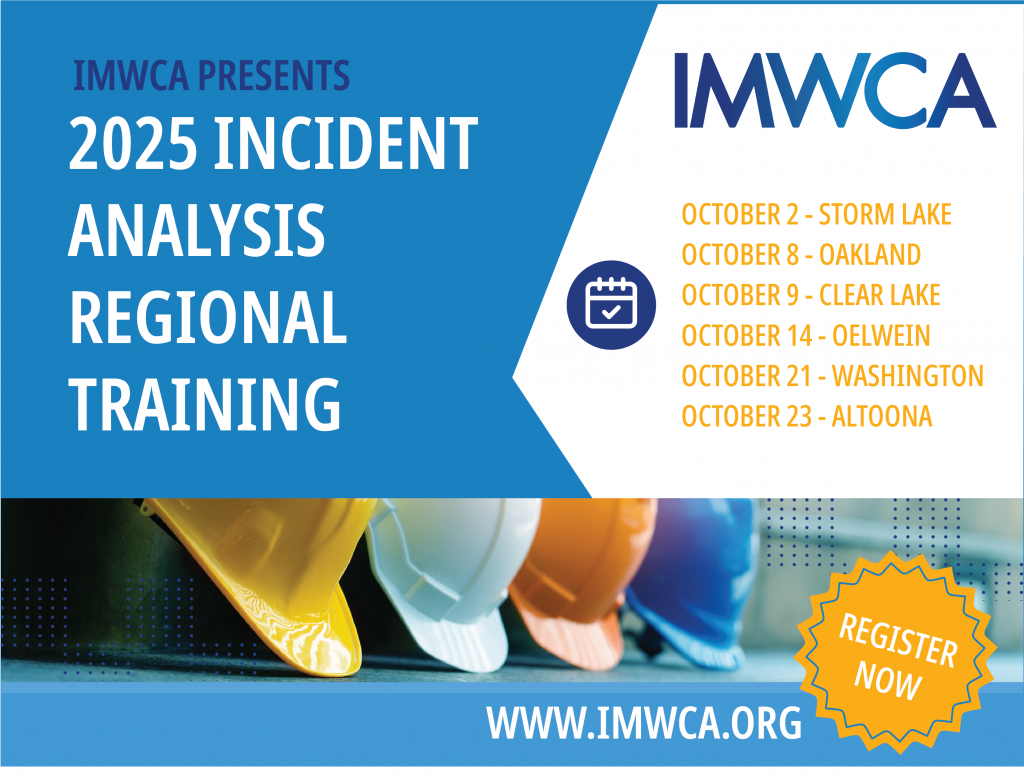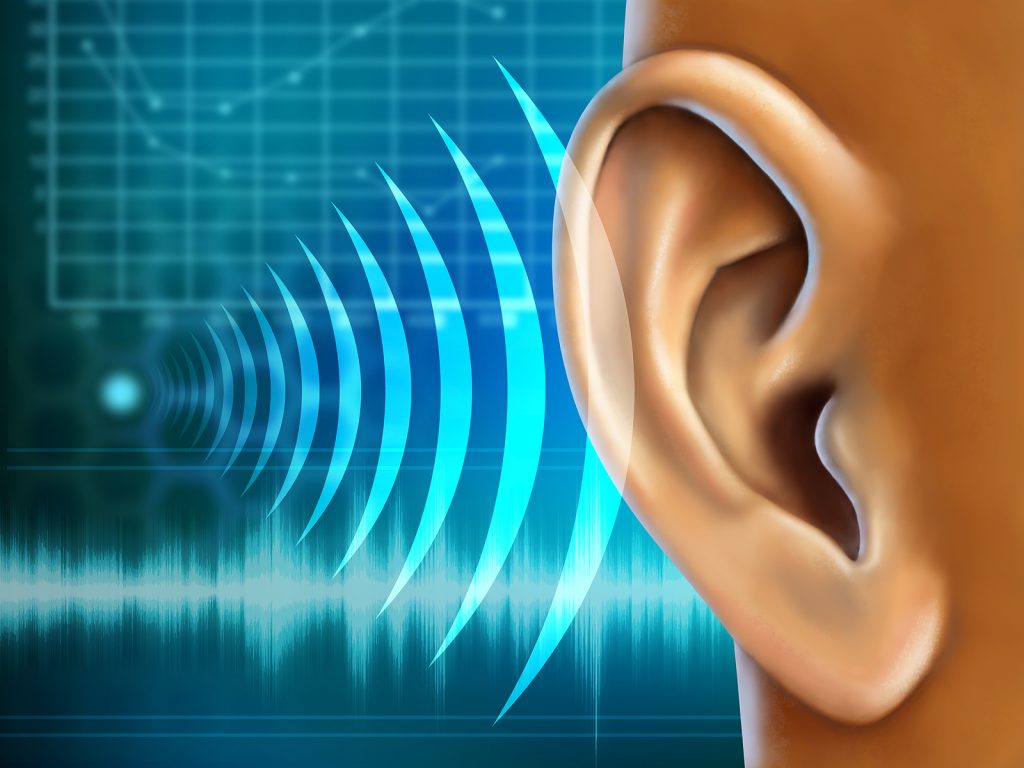
Lithium-ion batteries now power a wide range of electronic devices, including cell phones, laptops, vape pens, e-bikes, and electric vehicles to name a few. It is now difficult to find a device in our daily lives that does not contain a battery.
These batteries have proven to be very useful in extending the charge time and can be quickly recharged. As a society, we have become dependent on this type of battery chemistry.
However, there are significant risks associated with using lithium-ion batteries. These include both the chance of fire and/or explosions. When this occurs, poisonous, life-threatening gases are also emitted. These adverse incidents can occur at any time. New batteries that are defective, batteries that are not charged properly, or batteries that are improperly disposed of all pose significant hazards. The batteries burn at a very high temperature and can negatively react with surrounding materials.
In Iowa, a waste transfer station and a recycling center have both experienced significant fire damage from improperly disposed of batteries. The transfer station incurred $1,000,000 in damage due to a fire from a battery in a vape pen. The recycling center fire was likely caused by a 20V battery for a power tool.
In the solid waste collection industry, these batteries are causing fires and explosions in collection trucks daily around the country. Click here for an alarming news story about this issue from ABC – Gulf Coast News (Florida) .
The problem is not limited to garbage and recycling. The Fire Department of New York City has been researching fire risks associated with E-bikes and E-scooters. Sometimes, the fires can be the result of new, unused batteries that are defective. A hobby store in Massachusetts suffered such a fire.
Iowa’s solid waste facilities are now routinely having to deal with fires in waste due to these batteries. Fire departments are now responding to an increasing number of fire events in all sorts of situations due to lithium-ion batteries. Homes and businesses are not immune to these types of events.
To best deal with the risks posed by lithium-ion batteries, the following are some best practices:
- Treat all batteries and battery-containing devices with respect. Do not drop them or store them in high-temperature environments such as cars. Do not use a damaged device or battery.
- Use the recommended charger per the device manufacturer’s instructions. Using an incompatible device can cause the battery to become damaged, overheat, and then catch fire or explode.
- When the device or battery no longer functions, seek out proper recycling and disposal resources.
- Contact your local solid waste agency for guidance.
You can also use the Call2Recycle battery recycling website to find local recycling options.
For more information, please contact Scott Smith at scottsmith@iowaleague.org.

Discover the critical steps to take when handling workplace incidents, why timely analysis is key, and get expert answers to your questions at one of our six free training sessions.

Protect your team’s hearing: learn how Iowa’s Hearing Conservation Program safeguards workers from hazardous noise and ensures compliance with safety standards.
Hearing Conservation Plans and Occupational Hearing Loss
In Iowa, a Hearing Conservation Program (HCP) is crucial for protecting workers exposed to hazardous noise levels. Employers are required by IOSHA to implement an HCP when noise levels reach or exceed 85 decibels (dBA) averaged over an 8-hour time-weighted average. The program aims to prevent initial occupational hearing loss, preserve existing hearing, and educate employees about noise hazards and protection.
Key Elements of a Hearing Conservation Program
Monitoring: Employers must measure noise levels to identify employees exposed to noise at or exceeding 85 decibels (dBA) averaged over an 8-hour time-weighted average. The average gas push mower is 95 decibels.
Audiometric Testing: For employees exposed to the threshold noise level, annual hearing tests (audiograms) are conducted to monitor employees’ hearing and detect any shifts in hearing thresholds.
Hearing Protection: Properly fitted and maintained hearing protection devices (earplugs, earmuffs) are provided and used when the exposure exists.
Training: Employees receive education about noise hazards, the importance of hearing protection, and how to use it effectively.
Recordkeeping: Employers must maintain records of noise monitoring, audiometric testing, and training.
For assistance with developing a HCP, contact your IMWCA Safety and Risk Improvement Adviser or see our model program at Hearing Conservation at www.IMWCA.org.
Reporting Work-Related Hearing Loss in Iowa
If an employee experiences a work-related Standard Threshold Shift (STS) (a measurable change in hearing) in their annual audiogram, and their hearing level is 25 decibels (dB) or more above audiometric zero (averaged at 2000, 3000, and 4000 Hz) in the same ear(s), the employer is required to report this loss and record the loss on the OSHA 300 form.
If you have questions on the compensability of occupational hearing loss claim or when to file a claim, please contact IMWCA Claims for information.




